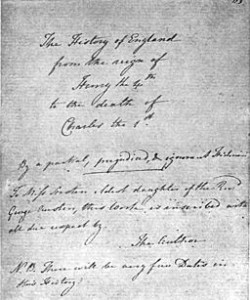Researching this subject taught me a new term and concept: Jane Austen para-literature. Oh my. This is a huge topic. I am only able to skirt around it, since to cover this topic completely would take years. The incredible array of sequels and retellings of the Austen ouvre is astounding. I, dear reader am a veritable babe in the woods when it comes to such reading opportunities. I have read a few spin-offs, no sequels, and no retellings of Jane Austen’s novels.

Is there a name for the phenomenon of the fact that a movie is never/rarely anywhere near as good as the book? Extrapolating that thought further tells me there could never be a sequel book as good as the original Pride and Prejudice.
Creative or knowledgeable people: Please come up with a name for the above phenomenon. Mention it in the comments.
Inveterate Austen sequel/prequel readers: Have you read any great ones? If so, please leave the titles in the comments.
READ ON! Much good information coming your way in this post.
Please check out these websites for listings of sequels: http://www.pemberley.com/janeinfo/austseql.html
http://webdoc.sub.gwdg.de/edoc/ia/eese/breuer/biblio.html
{The second site lists them alphabetically, but also has a listing of them in chronological order, so you could skip down to the more recent ones.}
There’s also a list on Goodreads of the popular ones: http://www.goodreads.com/shelf/show/jane-austen-sequels
And another on Amazon: http://www.amazon.com/Guide-Jane-Austen-Sequels-Miscellany/lm/R1SHWQ7HPAS300
From the first link listed above, Ted Adams has a wonderful, comprehensive article slicing and dicing the terminology of Austen para-literature. I have used material from this article below. He said it so well.
“The adaptations, completions, sequels, pastiches and other attempts to tap into the Jane Austen industry … devolve from a most noble sentiment: We have read the six published novels and we want more. We want more and different insights into both the novels and into the type of person that Jane Austen was.
Adaptations are transformations into another medium, e.g., stage, screen and television.
Completions are the finishing off of a novel fragment. Jane Austen’s two fragments, The Watsons and Sanditon have been attempted a number of times.
Sequels are a continuation of the action. To my knowledge, nobody has written a “prequel”, which would be a description of what occurred before the action started.
Pastiches are work written in the style of Jane Austen. Jane and the Unpleasantness at Scargrave Manor is a pastiche. Its premise is that it is a notebook that Jane Austen kept concerning events during a period for which we do not have documentation.
Certainly no Jane Austen pastiche will ever be as good as the original, but that is to be expected. Mind you, when the standard is one of the best writers in the English language, to fall short of the mark is no disgrace. To write with wit, economy, great insight and develop complex and interesting characters is no mean feat. After all, we read Jane Austen with great pleasure 200 years later because she compares well not only with her contemporaries but also with ours and everybody who has come in between.
Personally, I enjoy pastiches for much the same reason that I sometimes enjoy Jane Austen criticism. Even when a pastiche fails or fall short, it can be interesting to try understand how or why it comes up short. And in the meantime, I’ve read a story that really has no requirement to be taken seriously.
The questions I would ask of a pastiche are the same that I ask of criticism: Is the work interesting/entertaining in its own right? How faithful it to spirit of Jane Austen’s novels? Does it provide insights into the work in question and/or the character of Jane Austen? ”
So, dear Austen-loving friends, I highly recommend reading the full text of the Ted Adams article — not the least for the titles of para-Austen books he considers excellent! Thanks for visiting Regency Reflections.
Remember to comment on the questions: What to call the phenomenon when the movie or sequel is never as good as the original AND Give the titles of any Austen para-literature books you’ve read that you think were pretty good.
Susan Karsten
The love of Regency romance lives on today. Comment on any post this week for a chance to win a book by one of Regency Reflections’ amazing published authors. The winner will be emailed the list of available books to choose from. The winner will be announced Monday, August 26th. Winner’s mailing address must be within the United States to win.
Originally posted 2013-08-23 10:00:00.


 written several Regency romances. Her latest series is called London Encounters. Book 2, A Heart’s Rebellion, came out in March. The Rogue’s Redemption, set in both Regency London and frontier Maine, came out in December. She also writes novels set in Victorian England and late 19th century Maine.
written several Regency romances. Her latest series is called London Encounters. Book 2, A Heart’s Rebellion, came out in March. The Rogue’s Redemption, set in both Regency London and frontier Maine, came out in December. She also writes novels set in Victorian England and late 19th century Maine.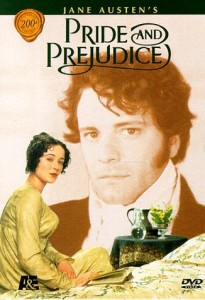 Produced by the BBC in 1995, this adaptation had a great influence on my love for Jane Austen’s story. When I read Pride and Prejudice in high school, we watched the miniseries as we went, bringing life to characters I was already intrigued with. It also started a bit of a fascination with Colin Firth, but I’m not alone in that regard.
Produced by the BBC in 1995, this adaptation had a great influence on my love for Jane Austen’s story. When I read Pride and Prejudice in high school, we watched the miniseries as we went, bringing life to characters I was already intrigued with. It also started a bit of a fascination with Colin Firth, but I’m not alone in that regard.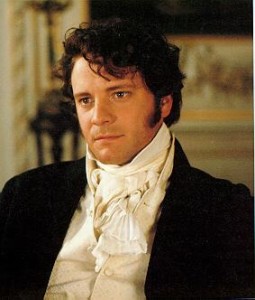 One of the strengths of this version is Colin Firth’s portrayal of Mr. Darcy. He doesn’t smile until the very last scene of the movie, but that doesn’t hinder the impression of his softening over the course of the movie.
One of the strengths of this version is Colin Firth’s portrayal of Mr. Darcy. He doesn’t smile until the very last scene of the movie, but that doesn’t hinder the impression of his softening over the course of the movie.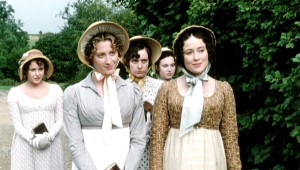 Jennifer Ehle does a superb job of playing Elizabeth as well. Outwardly, she behaves in all the proper manners. She doesn’t throw off propriety as defined by her society, yet she still finds ways of displaying her displeasure with it through private conversations and pained facial expressions.
Jennifer Ehle does a superb job of playing Elizabeth as well. Outwardly, she behaves in all the proper manners. She doesn’t throw off propriety as defined by her society, yet she still finds ways of displaying her displeasure with it through private conversations and pained facial expressions.


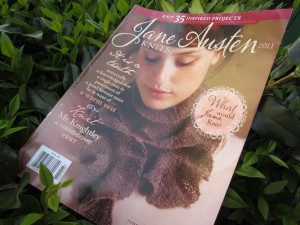

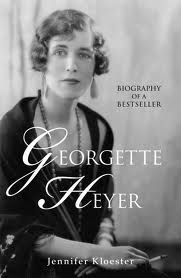 More important are the details about her ups and downs as a published author. More ups than downs from most writer’s perspective. She sold her first book when she was nineteen. One of her detective novels was banned by the Irish government as being obscene (it’s not) until the 1960s. And although it rather makes me sad, I like the details about her personal habits such as how she smoked two packs of cigarettes a day for most of her life. It just doesn’t fit my image of this educated and talented Englishwoman born right after the turn of the 19th century. The ways in which she stayed awake when on deadline make me cringe as much as did some of her business decisions.
More important are the details about her ups and downs as a published author. More ups than downs from most writer’s perspective. She sold her first book when she was nineteen. One of her detective novels was banned by the Irish government as being obscene (it’s not) until the 1960s. And although it rather makes me sad, I like the details about her personal habits such as how she smoked two packs of cigarettes a day for most of her life. It just doesn’t fit my image of this educated and talented Englishwoman born right after the turn of the 19th century. The ways in which she stayed awake when on deadline make me cringe as much as did some of her business decisions.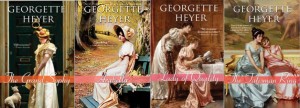

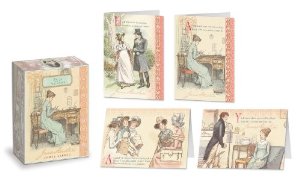 This week we’re giving away a lovely set of Jane Austen notecards. For a chance to win, please leave a comment on any of the posts this week. winner will be drawn Monday, August 12. Winner must have a mailing address within the United States.
This week we’re giving away a lovely set of Jane Austen notecards. For a chance to win, please leave a comment on any of the posts this week. winner will be drawn Monday, August 12. Winner must have a mailing address within the United States.